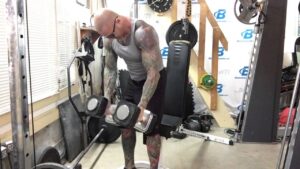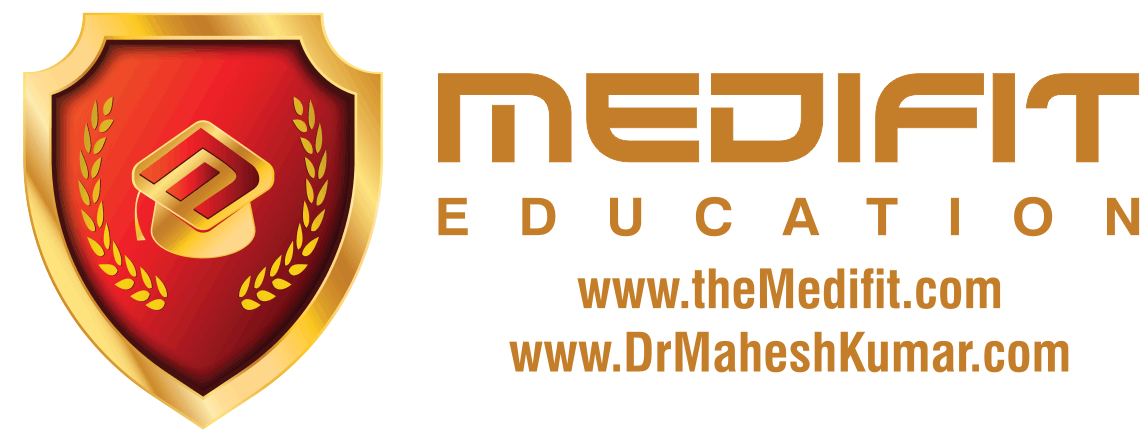Anemia is a condition in which the individual lacks enough healthy red blood cells to carry adequate oxygen to the body’s tissues. It occurs when an individual has fewer red blood cells than normal or not enough hemoglobin in the blood. Hemoglobin is the iron-rich protein in red blood cells. It carries oxygen from your lungs to all parts of your body. There are many forms of anemia, each with its own cause. Anemia can be temporary or long term, and it can range from mild to severe. Anemia is associated with increased morbidity and mortality in women and children, poor birth outcomes, decreased work productivity in adults and impaired cognitive and behavioral development in children. Preschool children and women of reproductive age are particularly affected. Describing an abnormally low hemoglobin concentration requires understanding how hemoglobin naturally varies by age, sex, pregnancy status, genetic and environmental factors, and, potentially, race. Hemoglobin varies with age, most dramatically in the first months of life. In the newborn, normal hemoglobin concentrations are between 17 and 21 g/L, their highest point during life. Hemoglobin concentration then decreases through the first 2−3 months of life before increasing again in childhood and then levels off throughout adulthood before declining again in older age. Sex differences in Hemoglobin concentrations begin in puberty because of the effect of menstruation on iron stores and, subsequently, anemia and continue throughout the reproductive years. The video contains the content as below: a. What is Anemia? b. Morphology and Function of Anemia. c. Factor of Regulation of Erythropoiesis d. Etiology of Anemia e. Pathophysiology of Anemia f. Symptoms and Signs of Anemia e. Investigation f. Treatment and Management e. Conclusion By: Sheron a/p Baskaran Kumar Sadia Wang Yuming THIS VIDEO WAS MADE TO INCREASE PUBLIC KNOWLEDGE ON ANEMIA AND CREATE AWARENESS IN THE COMMUNITY.
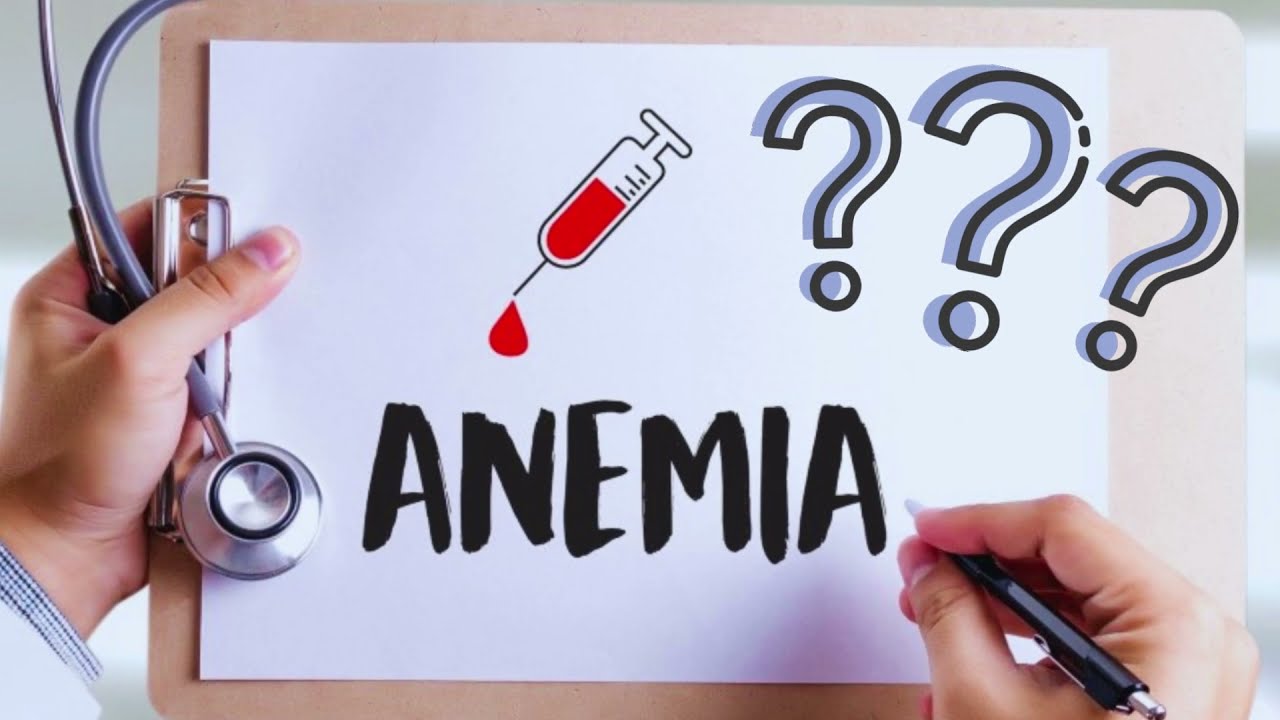
ANEMIA AWARNESS VIDEO
- Post author:admin
- Post published:October 7, 2021
- Post category:Uncategorized
- Post comments:0 Comments
You Might Also Like
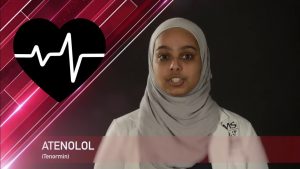
Atenolol or Tenormin Medication Information (dosing, side effects, patient counseling)
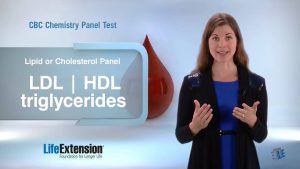
Chemistry CBC Blood Test | Life Extension
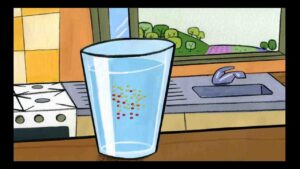
IAEA – What is water?
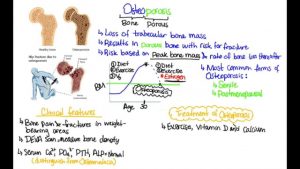
What is Osteoporosis?!
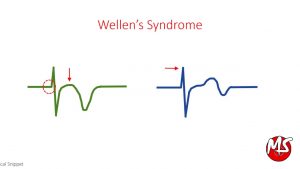
Wellen’s Syndrome – ECG (High Risk for Myocardial Infarction)
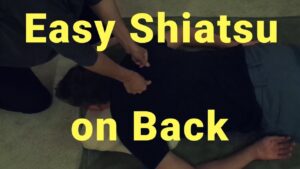
Shiatsu Video – 4

Andrology Video – 3
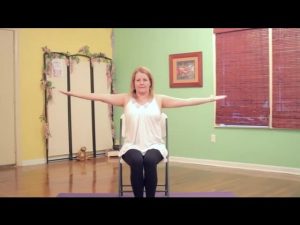
Exercises for Women Over 60 : General Fitness Tips
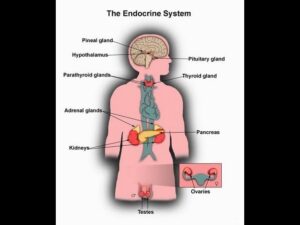
What is Endocrine System function-Major Glands of Human Body
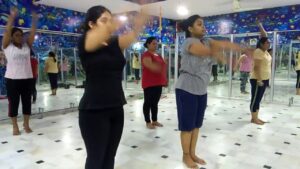
Aerobic exercise for beginner
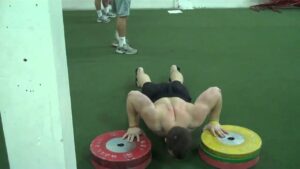
Human Body, Body Building Muscle Building Anatomy Physiology Video – 13

Parle-G TVC 2018 | Roomie | #YouAreMyParleG

What To Eat Before And After Your Workout To Maximize Fat Loss – With Thomas DeLauer

Diet & Nutrition : How to Gain Weight
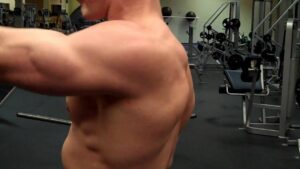
Deltoid Front Raises-1
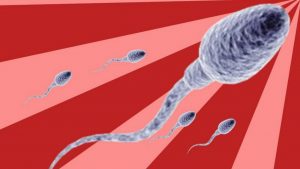
Difference Between Sperm and semen
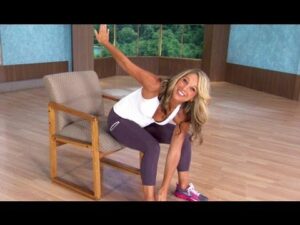
Denise Austin: Abs- Office Workout
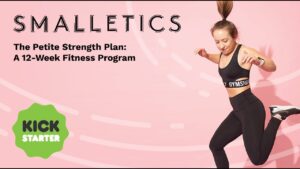
A FITNESS PROGRAM FOR SHORT + PETITE WOMEN
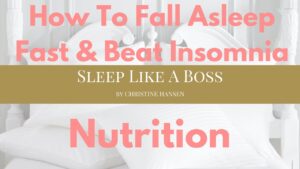
Sleep & Insomnia Nutrition Video – 1

Branches of Physiotherapy Video – 8
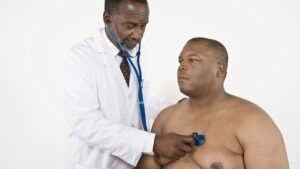
Overweight & Obesity Video – 23

Healthy diet may reduce, even eliminate, menopause symptoms – In Depth

Can Eating Carbs at Night Make You Gain Weight?
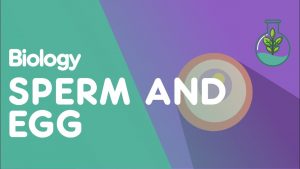
Sperm and Eggs Cells | Cells | Biology | FuseSchool
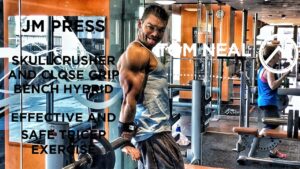
JM PRESS: Skullcrusher + Close Grip Bench Hybrid- Effective and Safe Tricep Exercise
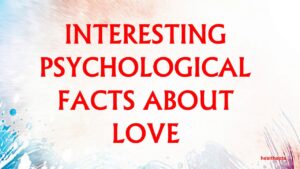
Love Psychology Video – 2
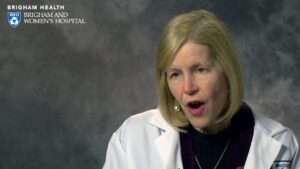
Preventive Medicine Video – 2

Spa Resort Video – 1
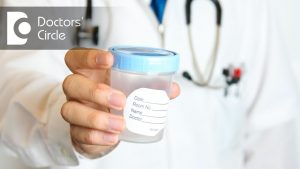
Understanding semen analysis – Dr. Teena S Thomas
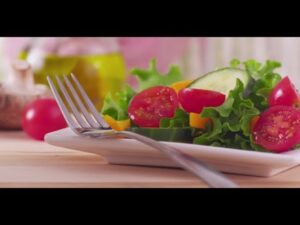
Cardiac surgery Video – 5
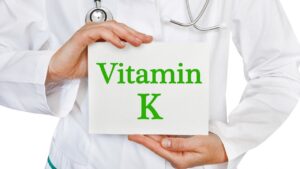
Important Facts About Vitamin K – Best Vitamin K Sources, Types & Its Deficiency
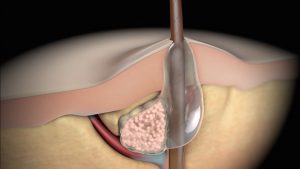
Acne | Nucleus Health

KOREAN BODYBUILDERS : The best Genetics in the WORLD?
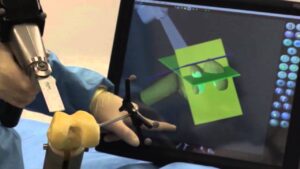
Orthopedic Surgery Video – 2
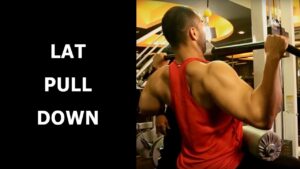
BUILD STRONGER SHOULDER WITH LAT PULL DOWN
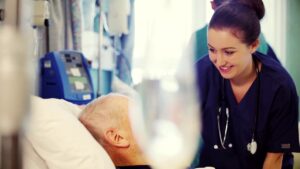
Branches of Physiotherapy Video – 30
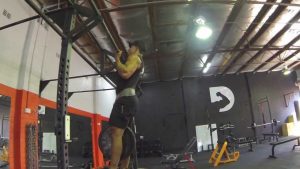
Definition Fitness – Muscle Building Arm Routine
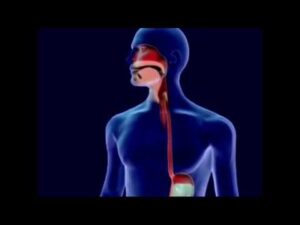
DIGESTIVE SYSTEM OF HUMAN/HUMAN DIGESTIVE SYSTEM PARTS AND FUNCTIONS
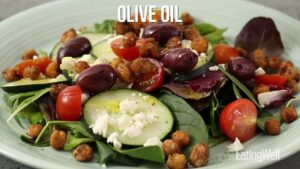
Diet Video – 2
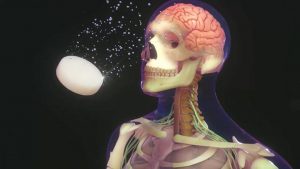
How the Body Absorbs and Uses Medicine | Merck Manual Consumer Version
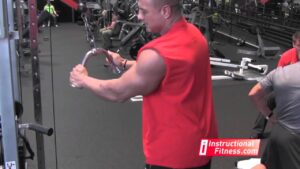
Close Grip Tricep Push Downs
